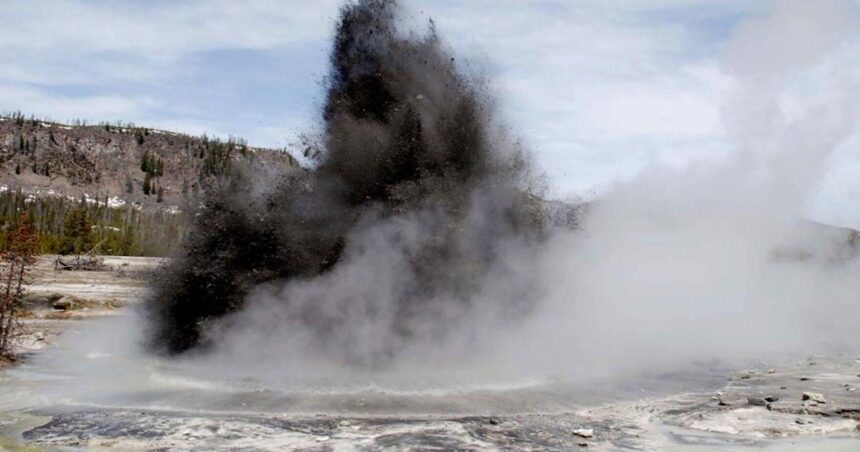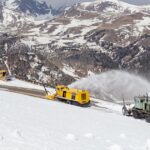Yellowstone Caldera Chronicles is a weekly column written by scientists and collaborators of the Yellowstone Volcano Observatory. This week’s contribution is from Dan Dzurisin, emeritus geologist with the U.S. Geological Survey.
Many consider Yellowstone to be “super” — not only as a magnificent natural wonder deserving of careful protection, but also as a colossal volcanic system capable of massive eruptions with potentially widespread consequences. Despite its splendor, Yellowstone has been the subject of disaster-themed shows and movies, likening it to menacing asteroids, cataclysmic earthquakes, and devastating superstorms. Common narratives depict Yellowstone as a “ticking time bomb” that is “overdue” for an eruption that would bring about “the end of civilization.”
People are also reading…
Is it just entertainment value or is there truth to these claims? Let’s delve into the supposed narrative and examine the facts.
Contrary to popular belief, Yellowstone is not a ticking time bomb, and its next eruption is not overdue. Volcanoes, including Yellowstone, operate on highly complex and unpredictable timelines. The notion of Yellowstone being “overdue” for an eruption is based on a misinterpretation of historical data and statistics. Yellowstone’s three major eruptions that formed its caldera occurred at intervals of 2.08, 1.3, and 0.631 million years ago, averaging 0.725 million years between events. The most recent eruption happened 0.631 million years ago, suggesting the next one is not expected for another 94,000 years. However, due to the unpredictable nature of volcanoes and the limited data points available, such predictions lack validity.
Additionally, the next eruption at Yellowstone is unlikely to spell the end of civilization. While smaller, less explosive eruptions are more common than catastrophic ones, they still have the potential to disrupt life in the region. Past eruptions have mainly resulted in lava flows rather than global catastrophes. Moreover, the most pressing hazards at Yellowstone, such as hydrothermal explosions and earthquakes, do not necessarily involve magmatic eruptions and are manageable with proper warning systems and mitigation strategies.
Earthquakes in the region pose a more immediate threat compared to volcanic eruptions, but they are not expected to trigger widespread disasters on a global scale. The notion that recent earthquake swarms indicate an impending eruption is largely unfounded, as Yellowstone experiences regular seismic activity and hydrothermal phenomena as part of its natural state. These signs do not necessarily signal an imminent eruption.
In conclusion, while Yellowstone may fuel the imagination of doomsday scenarios in films, it is important to recognize that its actual threat level is not as dire as portrayed. Apart from its awe-inspiring beauty and geological significance, Yellowstone remains a marvel of nature that should be appreciated with a sense of wonder rather than fear.





